Bamboo vs Tencel Fabric: Which Is Better?
Are you curious about the differences between bamboo and Tencel fabric? Wondering which one is the superior choice for your clothing and home textiles? In this blog, we will help you understand the unique qualities of bamboo and Tencel.
Bamboo fabric is known for its softness and breathability, while Tencel is praised for its eco-friendly production process. By comparing these two fabrics, we aim to provide you with valuable insights to make informed decisions when choosing textiles for your wardrobe and household items. By the end of this blog, you’ll have a clearer understanding of which fabric aligns best with your values and preferences. Let’s get started!
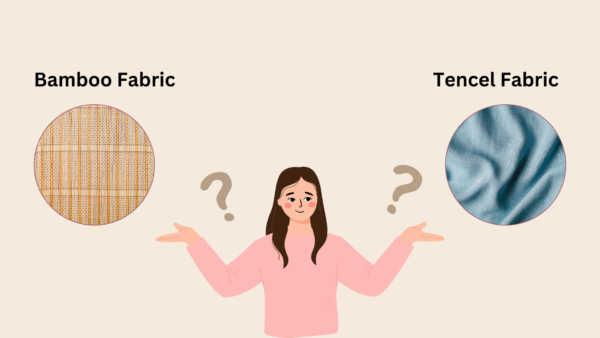
The History of Bamboo and Tencel Fabric
Bamboo fabric has been used for centuries in various cultures around the world. It originated in China, where bamboo was abundant and readily available. The process of turning bamboo into fabric involves extracting cellulose from the bamboo plant, which is then spun into yarn and woven into fabric. Tencel fabric, on the other hand, is a relatively new addition to the textile industry. It was developed by the Austrian company Lenzing AG in the 1980s. Tencel is made from wood pulp, primarily sourced from sustainably managed eucalyptus trees. The wood pulp is dissolved in a non-toxic solvent and then spun into fibers, which are woven into fabric.
The Manufacturing Process of Bamboo and Tencel Fabric
The manufacturing process of bamboo fabric begins with harvesting bamboo stalks. The stalks are then crushed to extract the cellulose, which is further processed to remove impurities. The cellulose is dissolved in a chemical solution and extruded through spinnerets to create fibers. These fibers are then spun into yarn and woven into fabric.
Tencel fabric, on the other hand, starts with sustainably sourced wood pulp. The wood pulp is dissolved in a non-toxic solvent called N-Methylmorpholine N-oxide (NMMO) to create a solution. This solution is then extruded through spinnerets to form fibers, which are spun into yarn and woven into fabric.
Advantages of Tencel Fabric
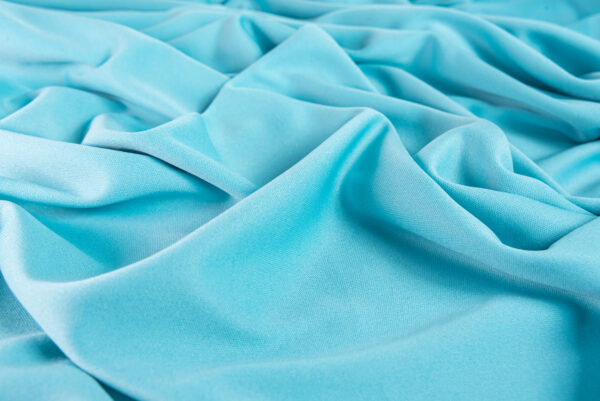
Tencel, a versatile and eco-friendly fabric, has gained popularity in recent years due to its numerous advantages. This synthetic cellulose fiber, derived from wood pulp, offers a range of benefits that make it an attractive choice for various applications, from clothing to home textiles.
Softness and Comfort
Tencel fibers are smooth and silky, making the fabric incredibly soft and comfortable against the skin. The fabric’s natural drape and flexibility add to its overall comfort level.
Moisture Absorption
Tencel has excellent moisture-wicking properties, absorbing up to 50% of its own weight in water. This makes it ideal for activewear and bedding, as it helps keep the body dry and comfortable.
Durability
Despite its softness, Tencel is a durable fabric that can withstand frequent washing and wear. It maintains its shape well and is resistant to wrinkles, making it easy to care for.
Sustainability
The production of Tencel is environmentally friendly, as it uses a closed-loop process that recycles and reuses the water and solvents used in the manufacturing process. This reduces waste and minimizes the fabric’s environmental impact.
Advantages of Bamboo Fabric
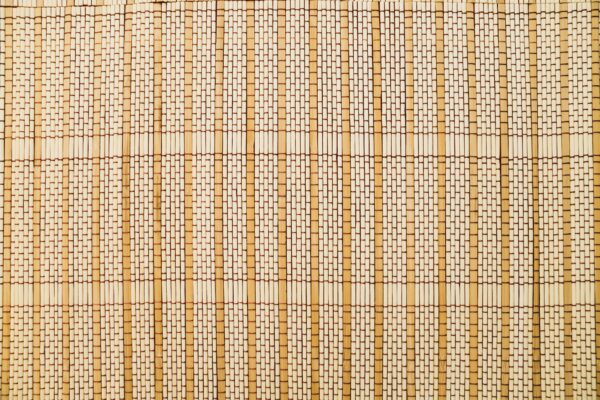
The advantages of bamboo fabric are numerous and diverse, making it a popular choice for various applications. Here are some key benefits of bamboo fabric:
Softness and Comfort
Bamboo fabric is exceptionally soft, with a silky smooth texture that is gentle on the skin. It is as soft as silk and gets softer with each wash
Moisture Absorption and Breathability
Bamboo fabric has excellent moisture-wicking properties, quickly absorbing and dissipating sweat to keep the body dry and comfortable. Its natural breathability allows air to flow freely through the fabric, regulating body temperature
Antibacterial and Anti-fungal Properties
Bamboo fabric possesses natural antibacterial and anti-fungal properties that inhibit the growth of odor-causing bacteria and fungi, keeping the fabric fresh and hygienic
Hypoallergenic
Bamboo fabric is hypoallergenic, making it suitable for individuals with sensitive skin as it does not cause allergic reactions or irritation
Also Read: Velvet vs Fabric: What’s the Difference?
Bamboo Fabric Durability
Bamboo fabric is naturally strong and durable, with the ability to withstand repeated washing and wear without losing its shape or texture. The bamboo fibers are inherently resilient, contributing to the fabric’s overall integrity and longevity. However, the durability of bamboo fabric can vary depending on the quality of the fibers and the processing methods used. Bamboo materials that undergo heavy chemical processing may lose some of their strength and durability compared to those produced using more eco-friendly methods
Tencel Fabric Durability
Tencel fabric is highly durable and often outperforms bamboo in terms of longevity. The Tencel fibers have high tensile strength, making them resistant to stretching, shrinking, and wrinkling. This allows Tencel fabrics to maintain their shape and texture over an extended period of use and washing. Moreover, Tencel fibers are less prone to wear and tear compared to traditional fibers, making them suitable for items that require frequent use and washing. The fabric’s ability to retain color well also contributes to its aesthetic durability, keeping garments looking new for longer
In conclusion, both bamboo and Tencel fabrics offer excellent durability, but Tencel has a slight edge in terms of longevity and resistance to wear and tear. The durability of bamboo fabric can vary depending on the manufacturing process, while Tencel’s inherent strength and resilience make it a highly durable choice for various applications
Which is More Comfort? Tencel Or Bamboo Fabric
Bamboo Fabric: Bamboo bed sheets are known for their luxurious softness, often compared to silk or cashmere. They have a smooth and silky texture that feels gentle against the skin, providing a comfortable and cozy sleeping experience
Tencel Fabric: Tencel bed sheets have a cool and silky feel, offering a slightly more substantial drape compared to bamboo sheets. They are exceptionally soft and provide a comfortable sleeping surface with a cool touch, making them ideal for individuals who prefer a smooth and cool feel against their skin
Overall, both Tencel and bamboo fabrics excel in comfort, but the choice between the two ultimately depends on personal preference for texture and feel. Bamboo fabric offers a luxurious softness akin to silk or cashmere, while Tencel fabric provides a cool and silky feel with a more substantial drape.
The Breathability of Bamboo and Tencel Fabric
Both bamboo and Tencel fabric are highly breathable, allowing air to circulate and regulate body temperature. Bamboo fabric has micro-gaps that allow for better ventilation, making it ideal for warm weather. It also has excellent moisture-wicking properties, absorbing sweat and keeping the body dry.
Tencel fabric is also highly breathable, with a natural ability to absorb moisture and release it into the air. It has a smooth surface that allows for better airflow, keeping the body cool and comfortable. Tencel fabric is also hypoallergenic, making it suitable for those with sensitive skin or allergies.
The Softness of Bamboo and Tencel Fabric
Bamboo fabric is known for its exceptional softness and luxurious feel. It has a smooth texture that feels gentle against the skin, making it ideal for garments that come into direct contact with the body. Bamboo fabric also becomes softer with each wash, ensuring long-lasting comfort.
Tencel fabric is also incredibly soft and silky, with a smooth texture that feels luxurious against the skin. It has a natural sheen that adds to its overall appeal. Tencel fabric retains its softness even after multiple washes, making it a durable and comfortable option.
The Absorbency of Bamboo and Tencel Fabric
Bamboo fabric has excellent absorbency, making it ideal for garments that need to wick away moisture. It can absorb up to three times its weight in water, keeping the body dry and comfortable. Bamboo fabric also has natural anti-bacterial properties that help prevent odors caused by sweat.
Tencel fabric is also highly absorbent, with a unique structure that allows it to absorb moisture efficiently. It can absorb up to 50% more moisture than cotton, keeping the body cool and dry. Tencel fabric also has excellent moisture-wicking properties, ensuring comfort even in humid conditions.
The Anti-Bacterial Properties of Bamboo and Tencel Fabric
Bamboo fabric has natural anti-bacterial properties that help prevent the growth of bacteria and fungi. This makes it an excellent choice for garments that come into direct contact with the skin, such as underwear or activewear. Bamboo fabric also has hypoallergenic properties, making it suitable for those with sensitive skin or allergies.
Tencel fabric also has natural anti-bacterial properties that inhibit the growth of bacteria. This helps prevent odors caused by sweat and keeps the fabric fresh for longer periods. Tencel fabric is also hypoallergenic and gentle on the skin, making it suitable for those with sensitive skin or allergies.
The Cost Comparison of Bamboo and Tencel Fabric
The cost of bamboo fabric can vary depending on factors such as quality and production methods. However, in general, bamboo fabric tends to be more affordable compared to other sustainable fabrics such as organic cotton or hemp. This makes it a cost-effective option for those looking for sustainable alternatives. Tencel fabric, on the other hand, is slightly more expensive compared to bamboo fabric. The manufacturing process of Tencel fabric involves additional steps and requires specialized equipment, which contributes to its higher cost. However, considering its durability and eco-friendly properties, many find the higher price worth the investment.
In conclusion, both bamboo and Tencel fabric offer a range of benefits that make them sustainable and eco-friendly options in the textile industry. Bamboo fabric is known for its strength, durability, softness, and absorbency. It has natural anti-bacterial properties and excellent moisture-wicking abilities. Tencel fabric, on the other hand, is highly durable, soft, and breathable. It has excellent moisture absorption and release properties, making it comfortable to wear in various climates.
When choosing between bamboo and Tencel fabric, it ultimately comes down to personal preference and specific needs. If you prioritize strength and durability, bamboo fabric may be the better option for you. If you value softness, breathability, and moisture-wicking abilities, Tencel fabric may be more suitable. Both fabrics are sustainable choices that contribute to a greener future. By opting for bamboo or Tencel fabric, you can make a positive impact on the environment while enjoying the numerous benefits these fabrics offer. So, whether you’re looking for clothing, bedding, or home textiles, consider bamboo and Tencel fabric as stylish and eco-friendly alternatives.
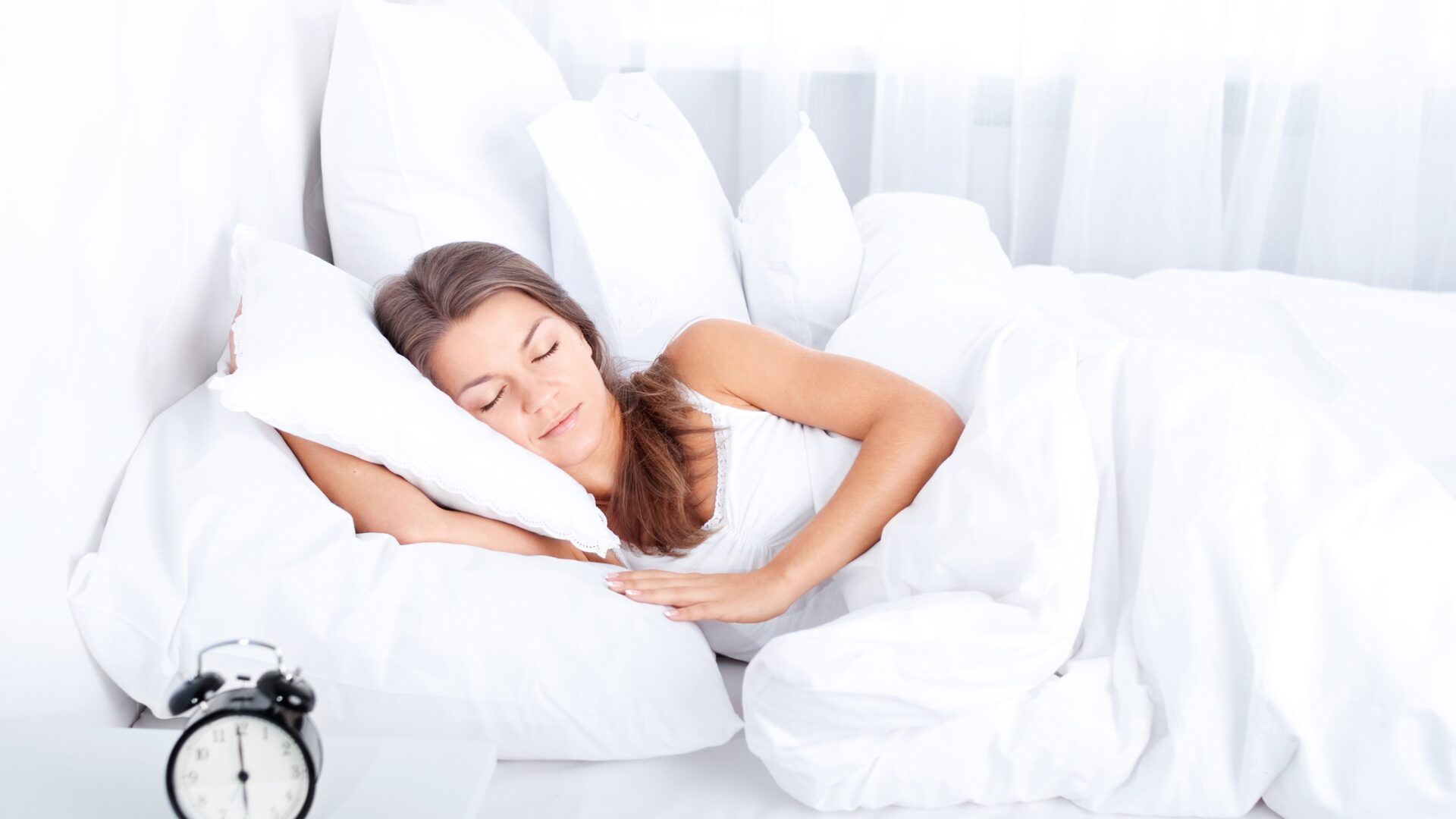
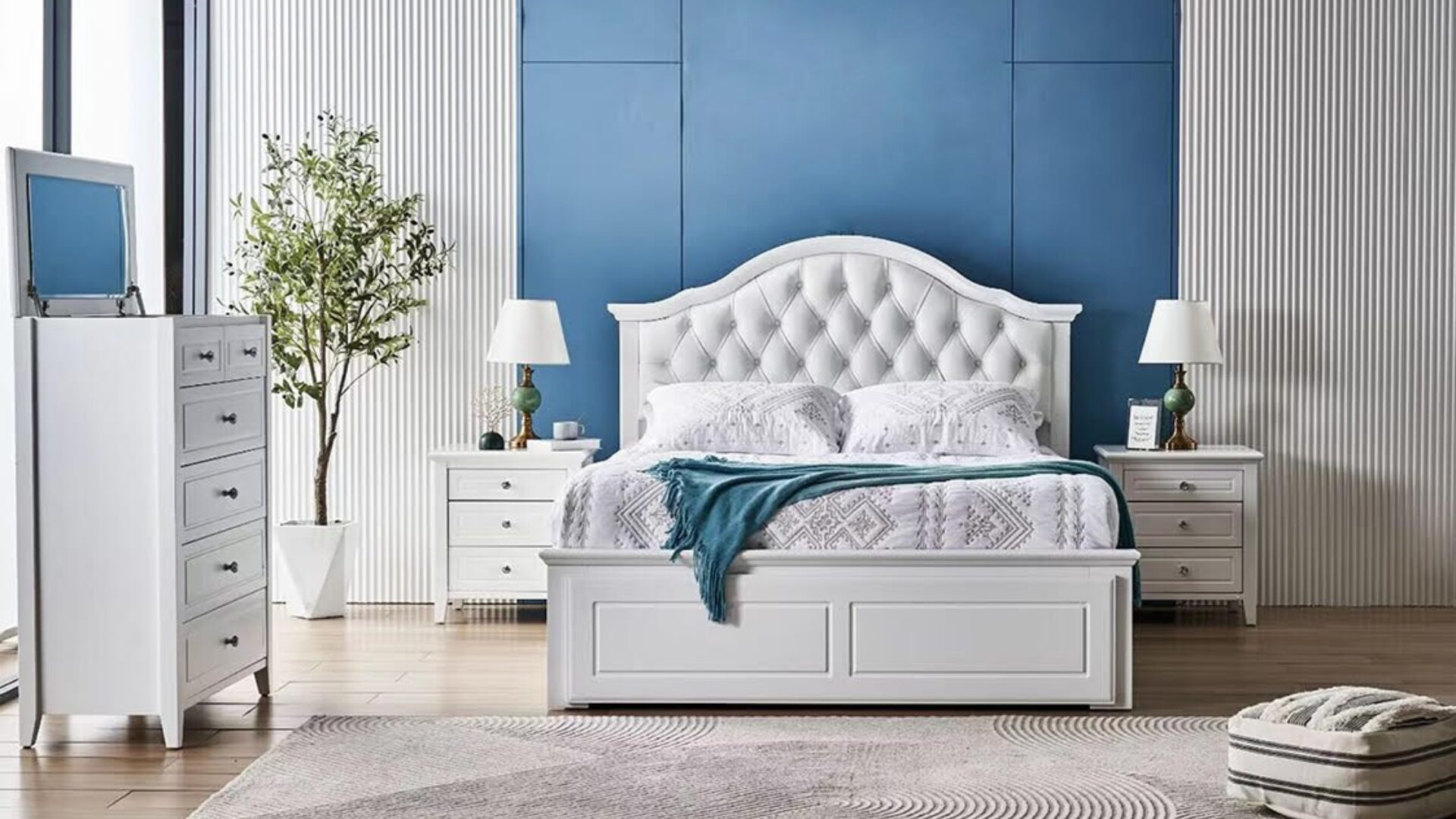
Leave A Comment
You must be logged in to post a comment.